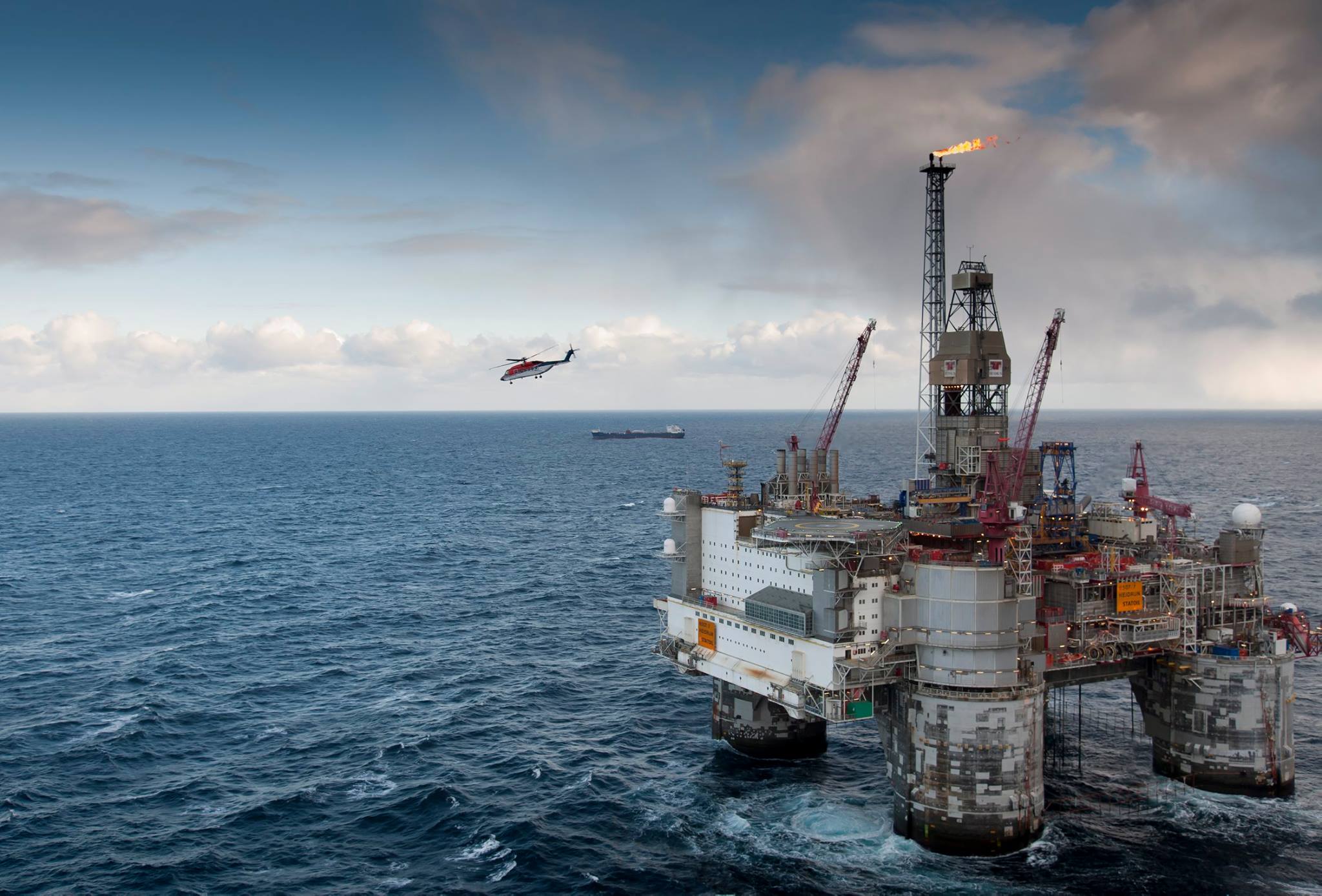1. Foreword
Linguistic Solutions by Angela Balteskard
Each year, Offshore Norge publishes an environmental report containing a detailed overview of last year’s emissions and discharges from the petroleum industry. The purpose is to share data on l emissions and discharges and to inform about the industry´s environmental work and results.
The Norwegian petroleum industry has an ambition to be world leaders in environmental matters and to constantly improve. Detailed reporting on all emissions and discharges is imperative to measure progress and to ascertain how far we have come in terms of reaching our goal.
Data basis and methodology
This environmental report is based upon the annual emission and discharge reports which all field operators are required to submit to the Norwegian Environment Agency (NEA), conforming to the regulatory requirements as detailed in the NEA´s guideline M-107. This applies to all planned and officially approved operational emissions and discharges, as well as to those occurring accidentally. Common frameworks as detailed in Offshore Norge´s guideline 044 ensure consistent emissions/discharge reporting from all production licenses. The data from each field is entered into Collabor8 Footprint, (hereinafter referred to as Footprint), a joint data base for Offshore Norge, the NEA, the Norwegian Radiation and Nuclear Safety Authority, (DSA), and the Norwegian Petroleum Directorate, (NPD). The field-specific emissions and discharge reports submitted to the NEA are available for downloading from Offshore Norge´s website.
Reports from previous years can also be found on Offshore Norge´s website.
Emissions and discharges from the petroleum industry are defined in accordance with the Norwegian Petroleum Tax Act. As such, the following are not included in this report: Emissions and discharges from the construction and installation phase, maritime support services, helicopter traffic and those areas of onshore facilities which cannot be related to offshore production. Carbon capture and storage activities (CCS) are included in this year´s report for the first time. Whilst they are not defined as petroleum activities, there are striking similarities between “normal” drilling activities and CCS drilling activities. The NEA and the operators have therefore agreed to include reports on CCS drilling activities in Footprint.
Emissions and discharges will vary according to the operations on the NCS. The environmental report therefore contains a brief description of the operation in question before presenting the facts and figures summarizing the emissions/discharges from the entire operation. A summary of the projects linked to the marine environment and climate is also provided at the end of the report.

